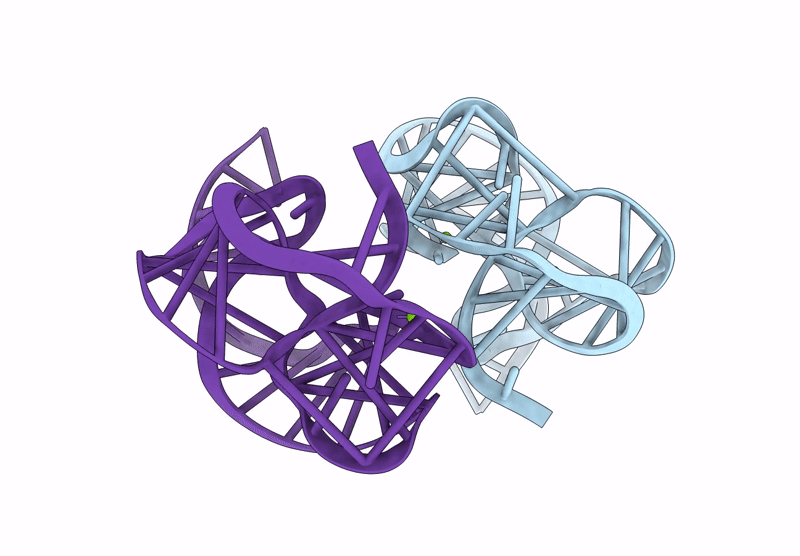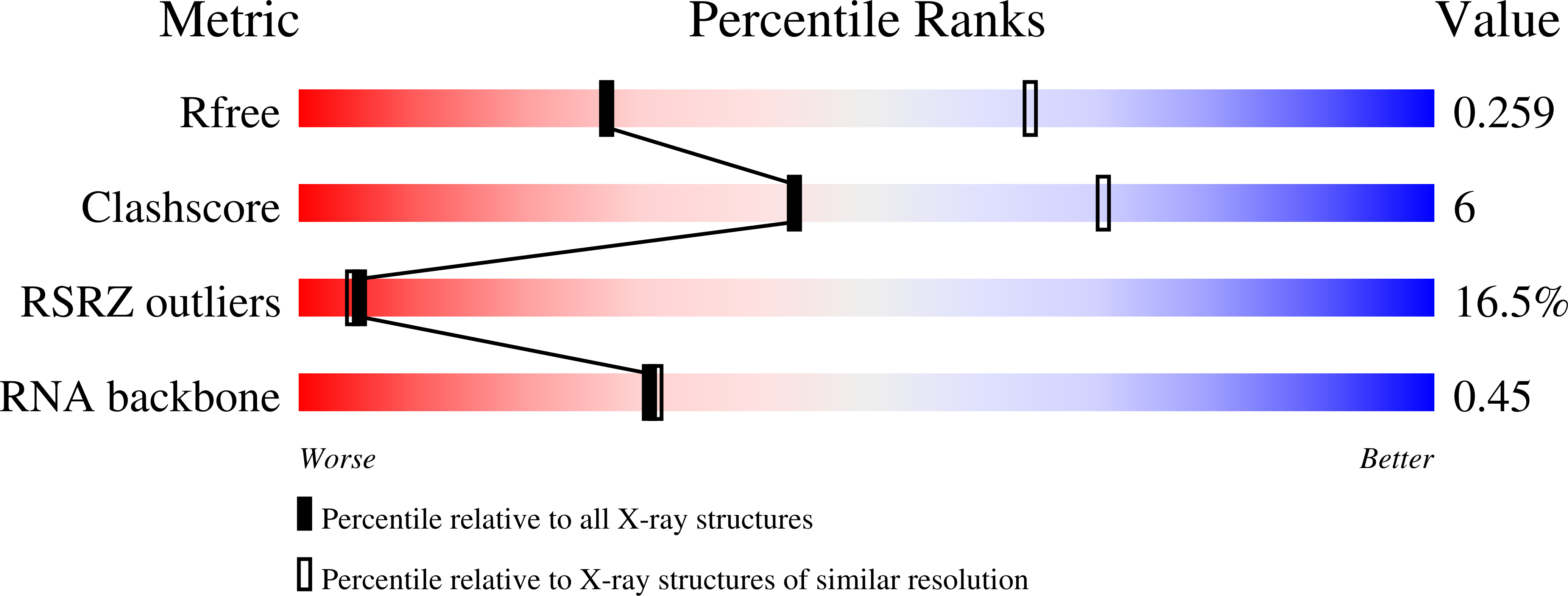
Deposition Date
2024-06-27
Release Date
2025-07-16
Last Version Date
2025-09-10
Entry Detail
PDB ID:
9CFN
Keywords:
Title:
Crystal structure of an exoribonuclease-resistant RNA from a Tombusvirus-like associated RNA
Biological Source:
Source Organism:
Beet western yellows ST9 associated virus (Taxon ID: 198589)
Host Organism:
Method Details:
Experimental Method:
Resolution:
2.90 Å
R-Value Free:
0.25
R-Value Work:
0.21
R-Value Observed:
0.22
Space Group:
C 1 2 1


